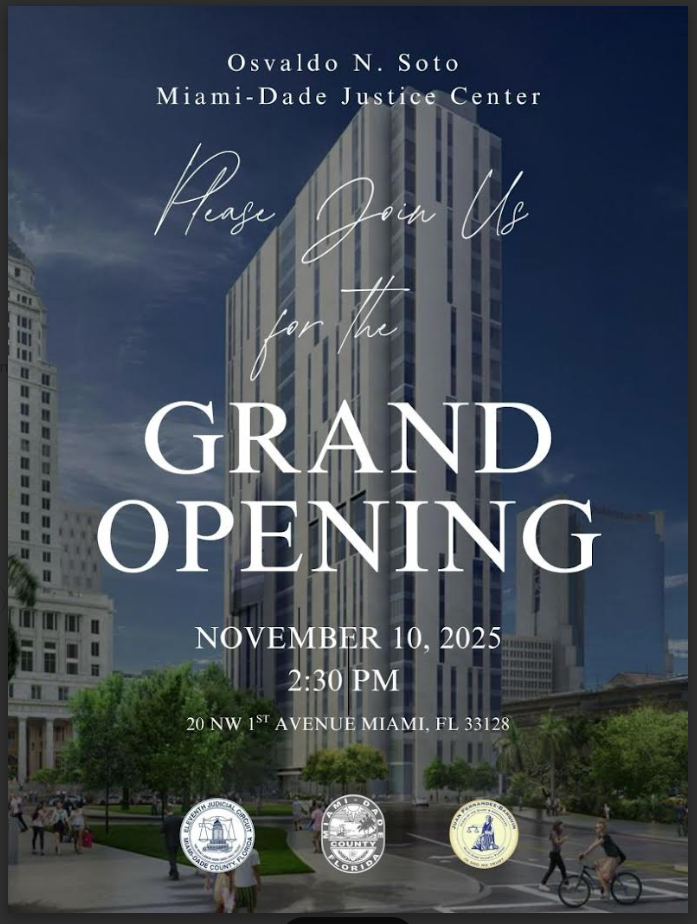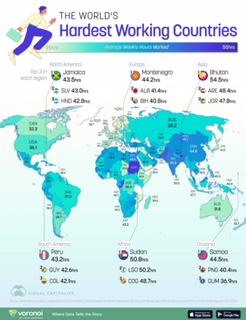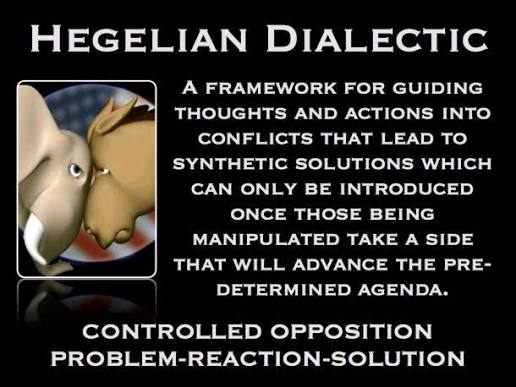MIAMI JUSTICE CENTER

Monday is Osvaldo N Soto Day in Miami.

Monday is Osvaldo N Soto Day in Miami.

A "devil with a red tie" is a popular culture image of Satan wearing a business suit and a red tie to appear sophisticated. The red color symbolizes the devil's association with authority, and power, while the tie adds a modern, almost corporate, twist to this classic character.
Fashion becomes theology. Clothing and personal style are deeply significant cultural phenomena that reflect and express a person's core beliefs, identity, and worldview, much like religious expression.



Search your location by zip code for resources nearby or call 211 to speak to someone now.


Throwing a sandwich at someone can lead to criminal charges such as assault or battery, even if no serious injury occurs. It may also be considered littering if done in a public spacE, but not according to a jury.
Unrestricted submarine warfare is considered a war crime because it violates international law by attacking merchant and civilian vessels without warning. Established naval rules, such as the Prize Rules and later protocols like the Naval Protocol of 1936, require warships to ensure the safety of passengers, crew, and ship's papers before sinking a merchant ship, a condition that unrestricted warfare bypasses

The new restrictions at 40 airports don’t seem to be moving the needle on Capitol Hill, thus far, but the month is new.
US airlines cancel 1,000 flights while complying with shutdown order
https://apnews.com/article/flight-cuts-government-shutdown-airlines-c21ffa6c3d55e3d2fe7f53702112727b
Airlines cancel more than 700 U.S. flights as FAA-ordered shutdown cuts begin
https://www.cnbc.com/2025/11/07/airlines-cancellations-flights-faa-shutdown.html

Why is it that New York City registered voters have never overwhelmingly cast their ballots for a woman or a Latino candidate?

Hegelian dialectics is a 19th century German philosopher G.W.F. Hegel's method of argument that uses a contradictory process between opposing sides. The opposing sides depend on the subject matter, and can be different definitions of logical concepts or consciousness. The process leads to a linear evolution from less sophisticated definitions to more sophisticated ones. Here's how it works

Here's the story of nothing new... of three unwise would-be kings or queens?